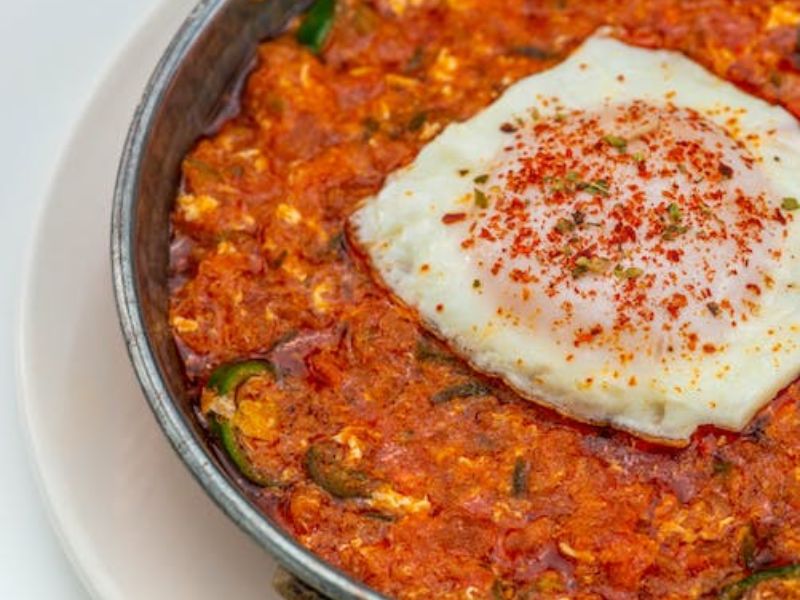Spicy foods have been an integral part of various cuisines worldwide for centuries. From fiery curries to tongue-tingling hot sauces, there’s no shortage of dishes that can set your taste buds ablaze. However, have you ever wondered why some people could easily handle the heat while others sweat at the sight of a jalapeno pepper? Let’s explore the fascinating world of spicy foods and the reasons behind individual spice tolerance.

Image Credit: Pexels/Momo King
What Makes A Food Spicy?
Before delving into why some individuals have higher spice tolerance than others, it’s essential to understand what makes a food spicy in the first place. The heat in spicy foods comes from capsaicin, found in chili peppers. Capsaicin stimulates nerve endings in the mouth and creates a burning sensation, leading to the perception of spiciness.
Genetic Factors
One of the primary reasons spice tolerance varies among individuals is their genetic makeup. The ability to handle spicy foods is influenced by a gene known as TRPV1. This gene affects how individuals perceive and react to capsaicin. Some people have a variation of the TRPV1 gene that makes them more sensitive to the burning sensation, while others have a less responsive version, enabling them to handle spicier foods.

Image Credit: Pexels/Paul H
Exposure And Cultural Factors
Spice tolerance can also be shaped by exposure and cultural influences. In regions where spicy foods are prevalent, such as Mexico, India, or Thailand, people are often introduced to spicy flavors from a young age. Their taste buds gradually adapt to the heat, allowing them to handle spicier dishes over time. In contrast, individuals from regions with milder cuisines may have less exposure to spicy foods and, therefore, a lower tolerance.
Training Your Taste Buds
Suppose you struggle with spicy foods but would like to increase your tolerance; fear not. Spice tolerance can be developed and improved with practice, like any other skill. By gradually incorporating spicier foods into your diet and exposing your taste buds to increasing levels of capsaicin, you can train your palate to handle more heat.